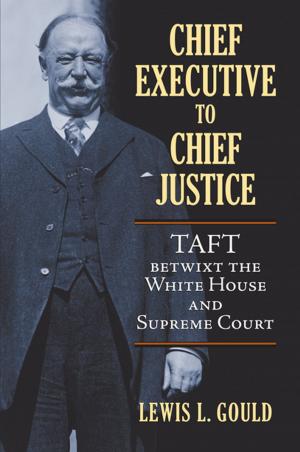Presidents on Political Ground
Leaders in Action and What They Face
Nonfiction, Social & Cultural Studies, Political Science, Government, Public Policy| Author: | Bruce Miroff | ISBN: | 9780700622863 |
| Publisher: | University Press of Kansas | Publication: | August 12, 2016 |
| Imprint: | University Press of Kansas | Language: | English |
| Author: | Bruce Miroff |
| ISBN: | 9780700622863 |
| Publisher: | University Press of Kansas |
| Publication: | August 12, 2016 |
| Imprint: | University Press of Kansas |
| Language: | English |
How much power does a president really have? Theories and arguments abound—pointlessly, Bruce Miroff says, if we don't understand the context in which presidents operate. Borrowing from Machiavelli, Miroff maps five fields of political struggle that presidents must traverse to make any headway: media, powerful economic interests, political coalitions, the high-risk politics of domestic policy, and the partisan politics of foreign policy.
The prince readying for war, Machiavelli writes, must “learn the nature of the terrain, and know how mountains slope, how valleys open, how plains lie, and understand the nature of rivers and swamps.” So it is with presidents navigating the political landscape. The variability of political ground, and of the conflicts fought on it, is a core proposition of this study. The swift collapse of the Soviet Union, the terrorist attacks of 9/11, and the financial crisis of 2008—recent history offers a quick lesson in fortune’s role in the careers of presidents. Taking a historical perspective, which opens on an array of cases, Miroff explores the various ways in which a president's agenda is constrained or facilitated by political conditions on the ground. His book reveals how political identity is constructed and contested in the media through the ever-changing presidential spectacle; what happens when Democrats in the White House tangle with the titans of the economy; why presidents claiming to represent the entire nation have to manage political coalitions that direct rewards to their own followers; why domestic policy has become "tough terrain" for presidents; and how partisan polarization has reshaped presidential leadership in foreign policy, an area once considered “beyond politics.”
Providing a new perspective on why and how presidents succeed or fail in each of these areas, this book is an indispensable resource for understanding the forces that shape presidencies and the power of a president to fight on such fraught terrain.
How much power does a president really have? Theories and arguments abound—pointlessly, Bruce Miroff says, if we don't understand the context in which presidents operate. Borrowing from Machiavelli, Miroff maps five fields of political struggle that presidents must traverse to make any headway: media, powerful economic interests, political coalitions, the high-risk politics of domestic policy, and the partisan politics of foreign policy.
The prince readying for war, Machiavelli writes, must “learn the nature of the terrain, and know how mountains slope, how valleys open, how plains lie, and understand the nature of rivers and swamps.” So it is with presidents navigating the political landscape. The variability of political ground, and of the conflicts fought on it, is a core proposition of this study. The swift collapse of the Soviet Union, the terrorist attacks of 9/11, and the financial crisis of 2008—recent history offers a quick lesson in fortune’s role in the careers of presidents. Taking a historical perspective, which opens on an array of cases, Miroff explores the various ways in which a president's agenda is constrained or facilitated by political conditions on the ground. His book reveals how political identity is constructed and contested in the media through the ever-changing presidential spectacle; what happens when Democrats in the White House tangle with the titans of the economy; why presidents claiming to represent the entire nation have to manage political coalitions that direct rewards to their own followers; why domestic policy has become "tough terrain" for presidents; and how partisan polarization has reshaped presidential leadership in foreign policy, an area once considered “beyond politics.”
Providing a new perspective on why and how presidents succeed or fail in each of these areas, this book is an indispensable resource for understanding the forces that shape presidencies and the power of a president to fight on such fraught terrain.















